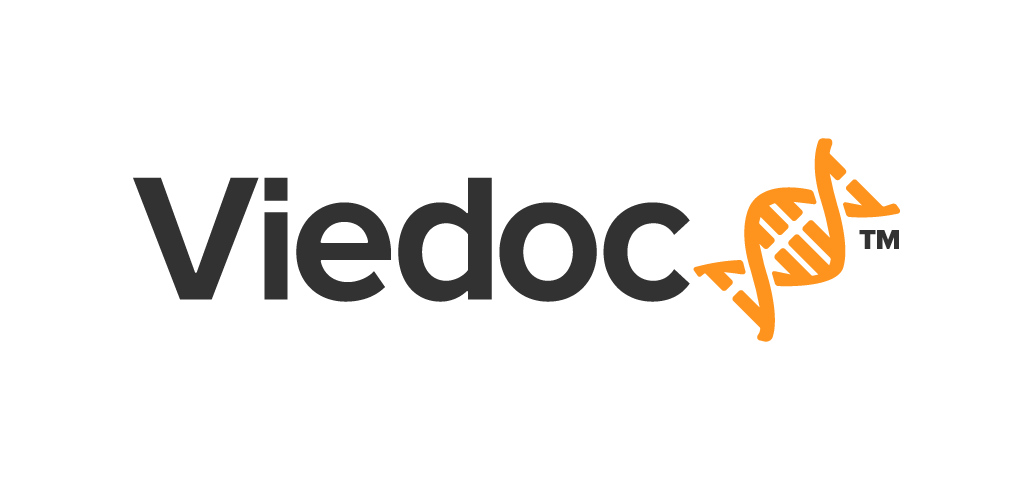

Electronic data capture (EDC) empowers both clinical researchers and patients to manage trial data more efficiently. Unfortunately, EDC platforms are often expensive and unnecessarily complex to implement and manage. Enter Viedoc, the Sweden-based EDC for clinical trials platform and software provider, which was created because its founders saw a gap in the market for a sophisticated yet cost-effective platform for improving clinical trials. This modern EDC solution – as well as Viedoc’s suite of other programmes – was designed with accessibility and ease of use in mind.
The company is constantly updating its system with further functionalities, including the recent launch of Viedoc Reports, an integrated application for analysing study progress and performance. Pharmaceutical Technology spoke to Viedoc co-founder and COO Henrik Blombergsson to find out more about the company.
Why was Viedoc founded, and what was your vision for the company?
Viedoc was a small CRO to start with. I have a degree in economics and statistics and I started out in this industry doing SAS programming for various CROs. At one of the previous companies I worked for, we had started exploring alternative ways to capture data. This was an idea I took with me when we founded Viedoc, and which became the embryo of what the Viedoc system is today.
As a newly founded CRO, we searched the market for a suitable EDC platform. The challenge was that the systems were either inefficient but reasonably priced; or provided “full service” solutions, but were prohibitively expensive. So, instead of selecting something on the market, we decided to develop an EDC system of our own- initially for use as an in-house tool – but it then evolved into something we could sell to competitors. It became clear very early on that it wasn’t the services we provided that were unique, but rather the system that supported those services. Viedoc allowed clients to make clinical trials faster and easier for everyone involved.
We have clients with all kinds of trials and from different therapeutic areas. Whether it’s early phase, late phase, complex or simple, we needed to create a system that can easily be adapted to each trial with very little configuration. Back in 2003-2004, most trials were still conducted on paper. Those that wanted to be more in the front line had to pay a lot of money to do EDC studies, and that’s one thing we wanted to change. We wanted to offer a very powerful platform, but we didn’t want to charge millions like competitors do: the vision was to make our system available to everyone that wants to use it.
How has the Viedoc product developed since those first years?
Viedoc has an ambition to become a top player in this industry but, in 2012, we realised our software wasn’t good enough to allow us to compete in the top tier. It was good, but it wasn’t world-class. We made the bold decision to start from scratch with a brand new product rather than continuing to develop the old products, as competitors have done. This allowed us to completely redo the design and improve the architecture. That’s why today we are years ahead of the competition with the most modern EDC for clinical trials platform developed only a handful of years ago.
It takes many years to develop the full suite of products. We are still throwing out new releases every six weeks and constantly adding a new version of the system with new products, new features, an improved core. It was a tough transition but a great decision and something that makes us unique.
What prompted the recent release of Viedoc Reports and what value does it add?
When you are capturing data, you also need a lot of support when it comes to the oversight and analysis of the study you are running, but it wasn’t possible for us to create a second-generation product that could do everything from day one. We had to start with the core and release additional functionalities quite quickly afterwards. We’ve just started targeting the US, and we didn’t want to enter one of the world’s biggest and most important markets with a really good product that didn’t have a solid reporting module. It was something we knew we needed to develop, and it’s already solved a lot of problems for our customers. We aren’t completely done improving it, but our customers have really appreciated this added functionality free of charge.
How customisable is Viedoc Reports?
The report system contains around 20 pre-built graphs that every client has for free, built on operational data that is the same for all studies. Then there is the study-specific data. Clients can also configure any kind of table, report, listing they want to add. Normally, if a sponsor would like to have a customised data listing, they’d have to go to the programming department to get access to the database, then export and submit the programme. In our system, you create the programme, upload it to the system, then the end user just clicks the link and has access to all the latest data. It’s completely flexible – there’s no limitation to what you can do. Every study is unique, so Viedoc Reports delivers that uniqueness in terms of output as well.
What else sets Viedoc apart from competition?
I think we were the first company that shared how our system looked on web sites and in ads, so that people could see it’s a smart EDC platform that can be easily understood. It doesn’t matter what functionalities your system offers if people must train for days just to use it. Viedoc is the complete opposite – you hardly have to read the manual before you can get started! Of course, we have video tutorials and e-learning platforms, but just by logging in, you can see what to do.
Another unique thing is the way we sometimes do our demos. I like to tweak the demo according to what that client is used to seeing, instead of just showing our generic demo. When they essentially see how their own study would look in our system, it’s kind of a done deal. We later train our clients to become certified designers on our platform. They can either bring in industry templates or create their own templates that are then reused for the next study. Full clinical trials can be set up quicker with Viedoc Designer than in any other system on the market.
The Viedoc platform is flexible and can cover all the different study areas. Having seen thousands of different studies over the years, one learns there are so many similarities and differences, but, ultimately, it all comes down to collecting data over time. By developing a system that can do that in an intelligent way, independent of the therapeutic area or clinical phase, we are able to solve that for all clients, making EDC more efficient and easier for both researchers and patients.
To learn more about how Viedoc can help transform your clinical trials, download the free whitepaper below.



